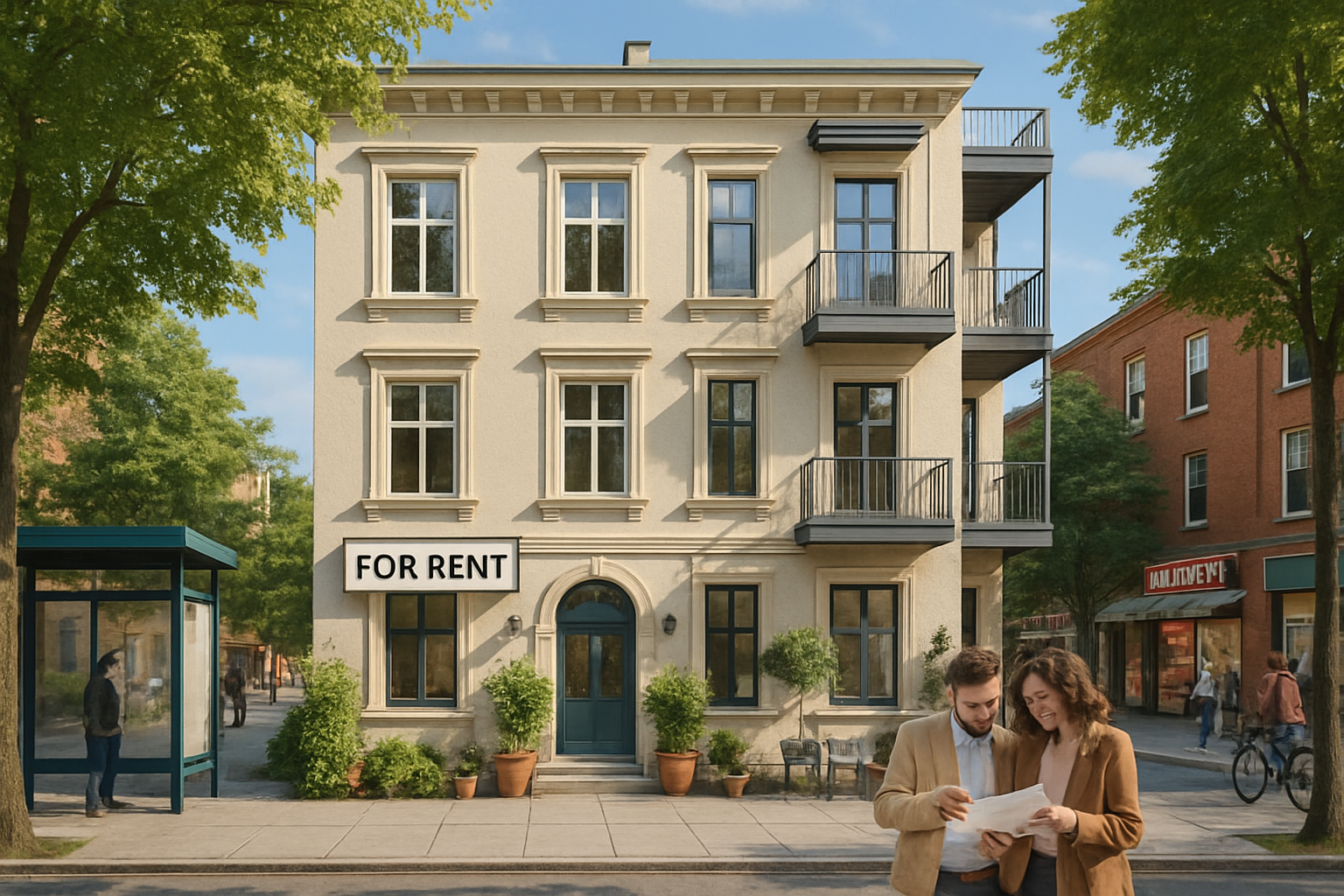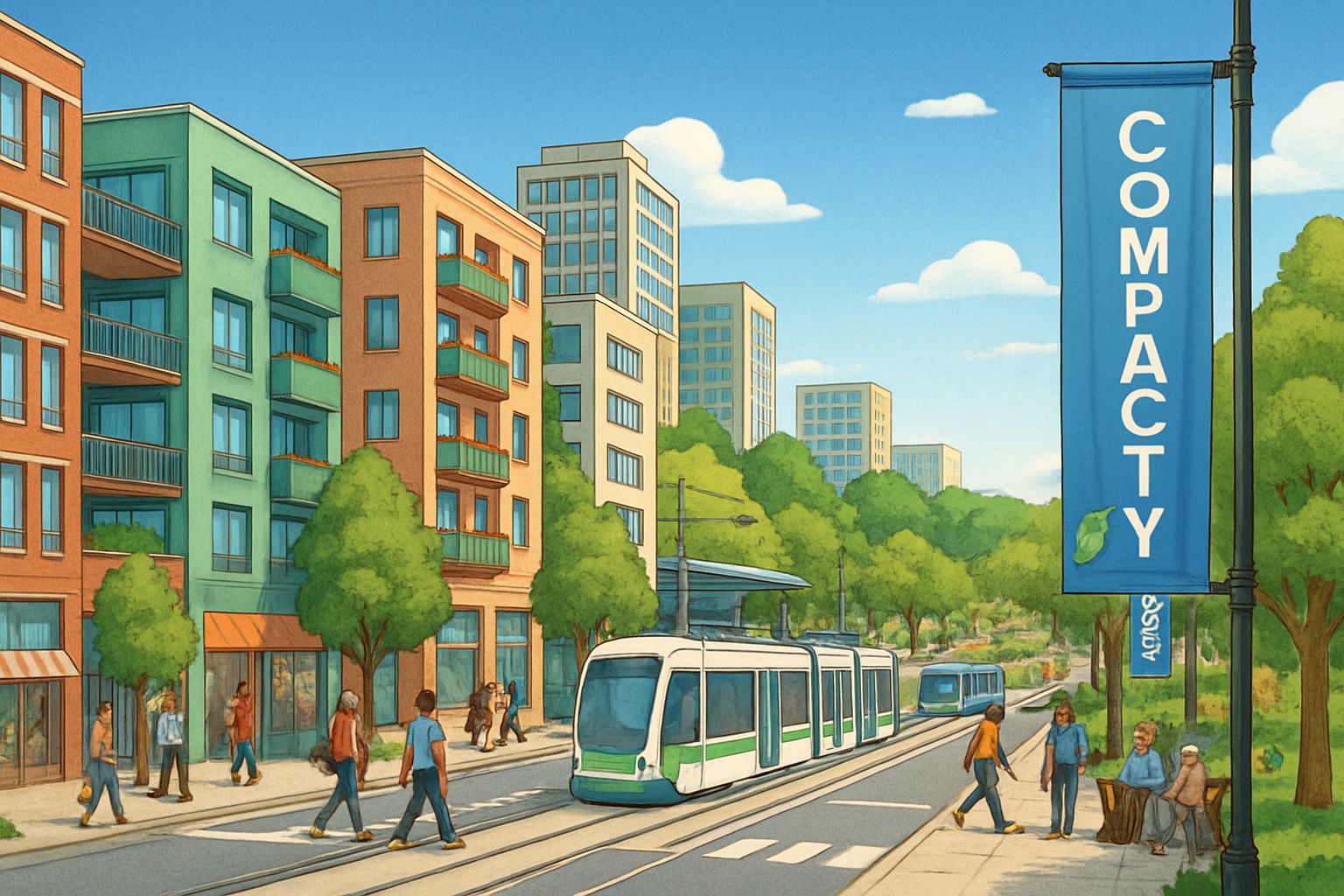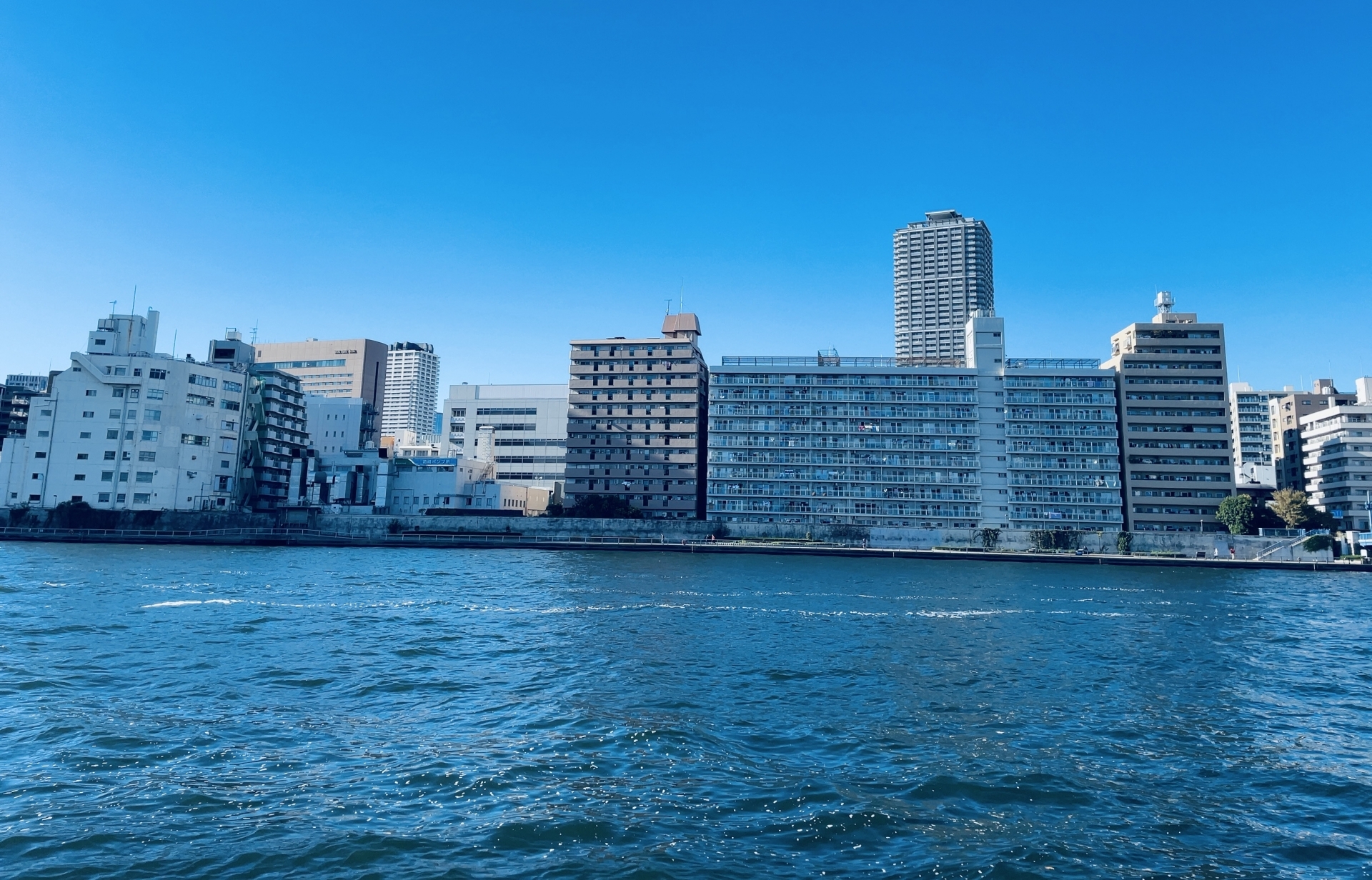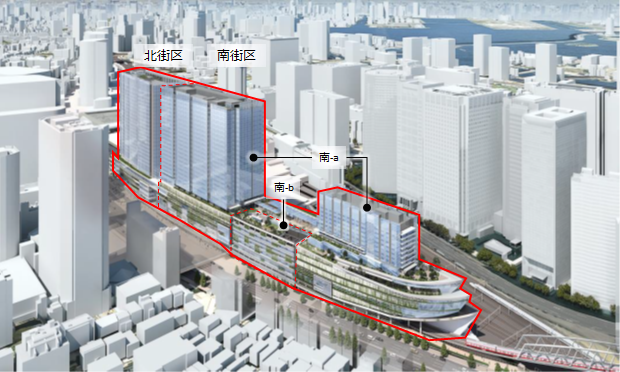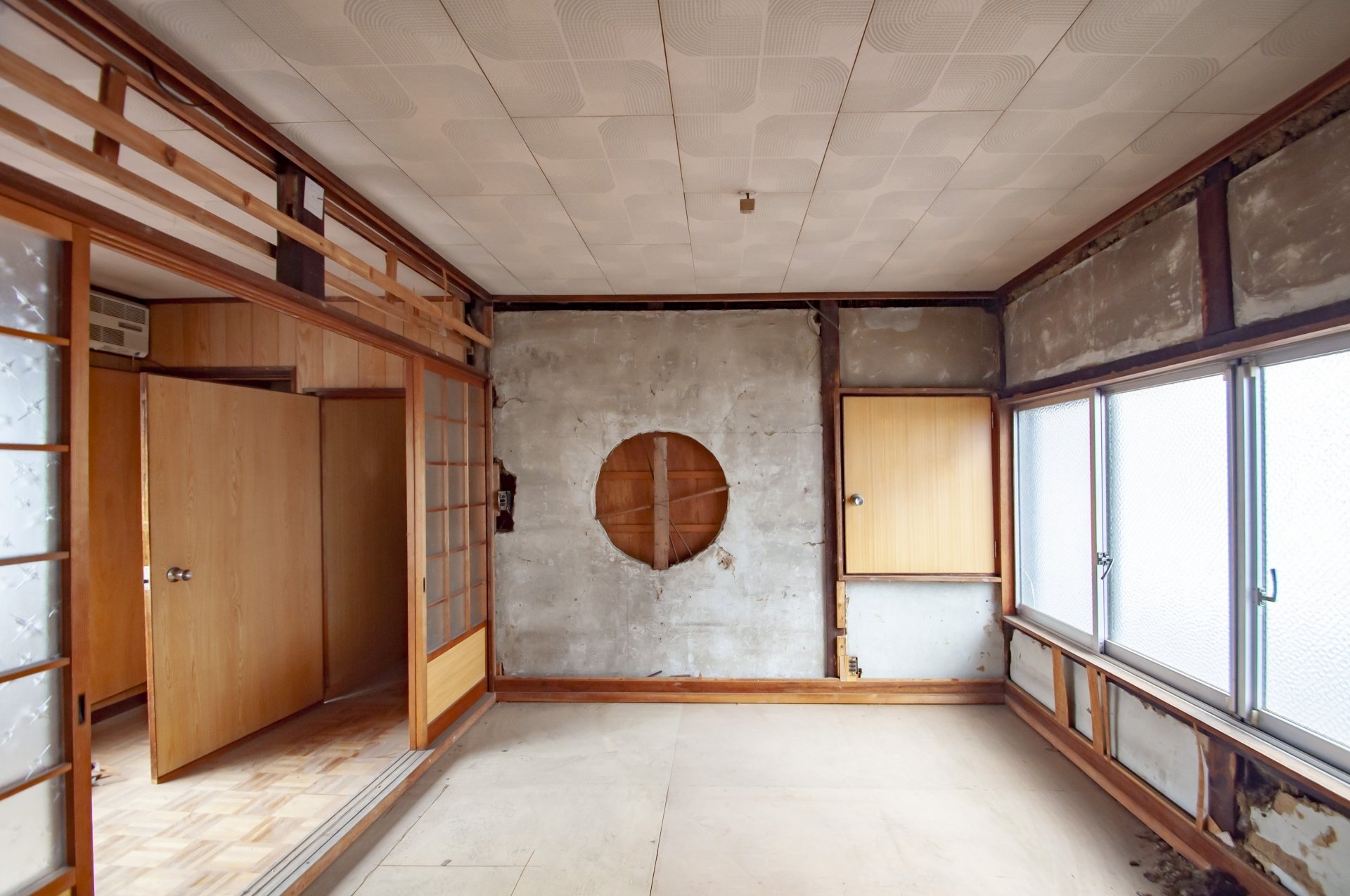Did you know that the number of vacant houses in Tokyo has reached a record high and will continue to increase? According to the 2023 Housing and Land Survey, the number of vacant houses in Tokyo is approximately 900,000, and the vacancy rate has reached 10.9%. Even in the capital city of Tokyo, where the population is concentrated, the distribution of vacant houses varies greatly by region and property type. This article provides a detailed explanation of the current status of vacant houses in Tokyo, ranking by 23 wards, background factors behind the increase, and countermeasures, based on the latest data. It is an important source of information for those interested in real estate investment, inheritance measures, and the vacant house problem.
Current Status of Vacant Houses in Tokyo
According to the 2023 Housing and Land Survey (Ministry of Internal Affairs and Communications), the number of vacant houses in Tokyo is approximately 900,000 (898,000 units) and the vacancy rate is 10.9%. These figures are up from approximately 810,000 units and 10.6% in 2018 (2018), the highest number ever recorded.
In fact, more than one in ten houses in Tokyo is vacant. The total number of housing units in Tokyo is 8,201,000 (in 2023), an increase of 530,000 (6.9%) from 2018, five years ago, but the number of vacant houses is increasing at a faster pace than that.
Looking at long-term trends, the number of vacant houses in Tokyo has increased from 527,000 in 1993 to 897,000 in 2023, an approximate 1.7-fold increase over the past 30 years. Of particular note is the fact that there are approximately 210,000 vacant houses (other housing units) that have been vacant for a long period of time or are scheduled for demolition, which is also an increase from approximately 180,000 in 2018.
Comparison with the Nation
Nationally, as of 2023, the number of vacant homes reached 9,000,000 and the vacancy rate reached 13.8%, both record highs.
In the ranking of vacant house rates by prefecture, Tokyo ranks low at 10.9%, 44th in Japan, but has the largest number of vacant houses in Japan at approximately 900,000 units. The prefecture with the highest vacant house rate is Tokushima Prefecture with 21.3%.
The following table compares the status of vacant houses in major prefectures.
| Prefecture | Number of vacant houses (ten thousands) | Vacant house rate (%) | National Rank (Vacant House Rate) |
|---|---|---|---|
| Tokyo Metropolis | 89.8 | 10.9 | 44th place |
| Osaka Prefecture | 70.3 | -1.2 | -1.2 |
| Kanagawa Pref. | 46.6 | - - Kanagawa | - - - National average |
| National average | Kanagawa 46.6 - - National average | 13.8 | - - National average - 13.8 |
| Tokushima Prefecture (highest) | -Tokushima (highest) | 21.3 | 1st place |
Types and Characteristics of Vacant Houses
Vacant houses can be divided into four main types according to their condition and use.
- Vacant for rent: Houses that are vacant for rent
- Vacant for sale: Houses that are vacant for sale
- Secondary dwellings (vacation homes, etc.): Houses that are used on weekends and vacations and are not usually occupied.
- Other vacant houses: Houses that are vacant for reasons other than those listed above (e.g., long-term absence, planned demolition)
A breakdown of vacant houses in Tokyo in 2023 shows that the majority are "vacant houses for rent," but there are approximately 210,000 "other vacant houses" (long-term absent or scheduled for demolition), many of which are at high risk of becoming unmanageable.
Of note is the way vacant houses are built in Tokyo. While over 70% of "other vacant houses" in Japan are single-family detached houses, about 35% of "other vacant houses" in Tokyo are single-family detached houses and about 63% are apartment buildings (condominiums, etc.). This reflects the unique housing situation in Tokyo.
The following table compares the construction of vacant houses in Japan and Tokyo.
| Type of vacant houses | Ratio of single-family detached houses in Japan (%) | Tokyo's ratio of single-family homes (%) | Ratio of apartment buildings in Japan (%) | Ratio of apartment buildings in Tokyo (%) |
|---|---|---|---|---|
| Vacant houses for rent | Approx. 10 | Approx. 10 | Approx. 90 | Approx. 90 |
| Other vacant houses | 70 or more | About 35 | Approx. 30 | Approx. 63 |
Vacant houses by 23 wards
Ranking of Number of Vacant Houses by 23 Wards
The number of vacant houses in Tokyo's 23 wards by ward shows that the number of vacant houses is higher in the surrounding wards with larger populations and housing numbers. The top wards with the highest number of vacant houses are as follows
- Setagaya Ward: 50,250 units
- Ota Ward: 48,000 units
- Adachi-ku: 40,000 units
These wards have a large area and a large number of houses, resulting in a large number of vacant houses.
23 Wards Vacant House Rate Ranking
On the other hand, when looking at the percentage of vacant houses, the wards in central Tokyo are at the top of the list.
- Toshima Ward: 13.3
- Minato-ku: 12.4
- Chuo Ward: 11.9
Toshima-ku still had the highest rate of vacant houses among the 23 wards at 15.8% at the time of the 2018 survey, showing improvement but still showing a high level of vacancy.
By type of vacant house, the rate of "other vacant houses" (long-term absence, etc.) rose significantly in Bunkyo, Taito, Setagaya, Arakawa, Edogawa, and Chuo wards. The rate of "vacant houses for rent" is also on the rise in Minato, Sumida, Shibuya, Nakano, and Toshima wards.
Factors and Background of the Increase in Vacant Houses
The main factors contributing to the increase in vacant houses in Tokyo are as follows
Aging population and inheritance problems
In Tokyo, there are approximately 900,000 housing units owned by single or married couples over 65 years old, which are likely to become "vacant houses" in the future.
The number of cases in which homes become vacant as a result of inheritance is increasing, for example, when children live far away at the time of inheritance, when heirs cannot coordinate their opinions, or when the family home cannot be rented out for inheritance tax purposes.
Excess Supply of New Housing and Stagnant Existing Housing Market
In Tokyo, the supply of new housing is continuously increasing, with the total number of housing units increasing by 530,000 over the five-year period from 2018 to 2023. On the other hand, market value assessment and distribution systems for existing homes have not been fully developed, making it difficult for existing homes to be distributed in the market.
Maintenance and Renovation Hurdles
Maintenance and renovation of older homes is costly and a major burden for owners. In many cases, especially in the case of inherited properties, there is a gap between emotional value and market value, making it difficult to sell at a fair price.
Tokyo Metropolitan Government's Measures and Policies for Vacant Houses
Overview of the "Policy for Implementing Measures for Vacant Houses in Tokyo
In March 2023, the Tokyo Metropolitan Government formulated the "Tokyo Vacant House Policy" with the goal of having all wards, cities, towns, and villages formulate a plan to address vacant houses by the end of FY2030. The policy develops measures from the following three perspectives: .
- Promotion of distribution in the existing housing market
- Utilization of vacant houses as local resources
- Retirement of vacant houses that are not expected to be utilized
Specific support measures
The following measures are being implemented by the Tokyo Metropolitan Government as specific support for vacant houses.
Support for the development and revitalization of the existing housing market
- Subsidies for private enterprises renovating high-quality existing houses
- Promotion of inspections (building condition surveys) and existing home sales liability insurance
- Information dissemination through renovation model houses
- Provide information on the sale of inherited vacant houses
Support utilization of vacant houses as a local resource
- Promotion of area renovation in cooperation with municipalities
- Utilization of cutting-edge technology through the Tokyo Model Support Project
- Publication of the Tokyo Vacant Houses Guidebook and the Existing Houses Guidebook
- Support for management and matching of vacant house banks
Support for retirement and proper management
- Subsidies for consulting companies that provide advice on how to sort out and dispose of household goods
- Creation and awareness-raising of the "Residential Cleaning Guidebook
- Subsidies for retirement of vacant houses and utilization of vacant sites by municipalities
- Financial support for surveys of vacant houses and formulation of countermeasure plans
Taxation measures
At the national level, tax measures have been introduced to promote measures against vacant houses.
- Special measures for fixed asset tax, etc.: Preferential measures for fixed asset tax, etc. on land to promote the removal and renovation of vacant houses
- Special deduction of 30 million yen for income from the transfer of vacant houses: A special measure that allows a deduction of up to 30 million yen from income from the transfer of inherited vacant houses when they are sold.
Summary
The following is a summary of the main points regarding the current status of vacant houses in Tokyo and countermeasures.
- The number of vacant houses in Tokyo is approximately 900,000, and the percentage of vacant houses is 10.9% and increasing.
- Among vacant houses, there are approximately 210,000 "other vacant houses," an increasing number of properties at high risk of becoming mismanaged.
- Among the 23 wards, Setagaya, Ota, and Adachi wards are the top wards in terms of the number of vacant houses, while Toshima, Minato, and Chuo wards are the top wards in terms of the vacancy rate.
- The aging of the population, inheritance problems, an oversupply of new construction, and a stagnant existing housing market are all factors contributing to the increase in vacant houses.
- The Tokyo Metropolitan Government has formulated the "Tokyo Vacant House Policy" and is promoting multifaceted efforts to promote the distribution, utilization, and removal of vacant houses.
- At the national level, there are tax support measures such as special measures for property tax and special deductions for transfer income.
The issue of vacant houses is expected to change in the future due to changes in the demographics of Tokyo and the housing market. It is important for owners of vacant houses to consider measures as early as possible while taking advantage of support measures provided by local governments. In addition, it is required to systematically manage and plan for the future of your residence, including potential "vacant house reserve army".
Frequently Asked Questions
Q1: Which ward has the largest number of vacant houses in Tokyo?
A1: Setagaya Ward has the largest number of vacant houses at approximately 50,000. This is followed by Ota Ward (48,000 units) and Adachi Ward (40,000 units). Since these wards have a large area and population, the number of vacant houses is also inevitably high.
Q2: What are the characteristics of wards with high vacant house rates?
A2: The wards with the highest vacant house rate are Toshima (13.3%), Minato (12.4%), and Chuo (11.9%). These wards have a large supply of condominiums and one-room apartments for rent, and it is thought that fluctuations in occupancy rates affect the vacant house rate.
Q3. What should I do if I inherit a vacant house?
A3. If you inherit a vacant house, you have three options: (1) utilize it (own use or rent), (2) sell it, or (3) demolish it. We recommend that you first consult with the vacant house consultation service of the local government and also seek advice from specialists such as tax accountants and real estate companies. You may be able to take advantage of tax benefits such as the 30 million yen special deduction for transfer income.
Q4: What will happen if I fail to manage the vacant house?
A4: If the property continues to be mismanaged, there is a possibility that it will be designated as a "specified vacant house, etc.". If the property is designated as a "specified vacant house, etc.," preferential measures for property tax will no longer apply, and the government will issue a recommendation or order for repair or removal of the property, which may eventually lead to forced demolition through administrative execution. In addition, there may be adverse effects on the surrounding environment and crime prevention issues.
Q5: What is the Tokyo Metropolitan Government's bank for vacant houses?
A5: The Tokyo Metropolitan Government's Vacant Houses Bank is a system operated by each ward, city, town and village to provide information on vacant houses for sale and rent. The system serves to match owners with prospective users. The Tokyo Metropolitan Government supports the operation of vacant house banks by wards, cities, towns, and villages to promote the effective use of vacant houses.
Reference Information
- Tokyo Metropolitan Government Housing Policy Headquarters Vacant House Information Site
- Statistics Bureau of the Ministry of Internal Affairs and Communications, Housing and Land Survey
- Ministry of Land, Infrastructure, Transport and Tourism Measures for Vacant Houses
- Act on Special Measures concerning Promotion of Measures for Vacant Houses, etc.
INA&Associates provides consultation on vacant houses and support for the purchase and sale of vacant houses. If you are worried about vacant houses, please feel free to contact us.

Daisuke Inazawa
Representative Director of INA&Associates Inc. Based in Osaka, Tokyo, and Kanagawa, he is engaged in real estate sales, leasing, and management. He provides services based on his extensive experience in the real estate industry. Based on the philosophy that “human resources are a company's most important asset,” he places great importance on human resource development. He continues to take on the challenge of creating sustainable corporate value.

.png)


